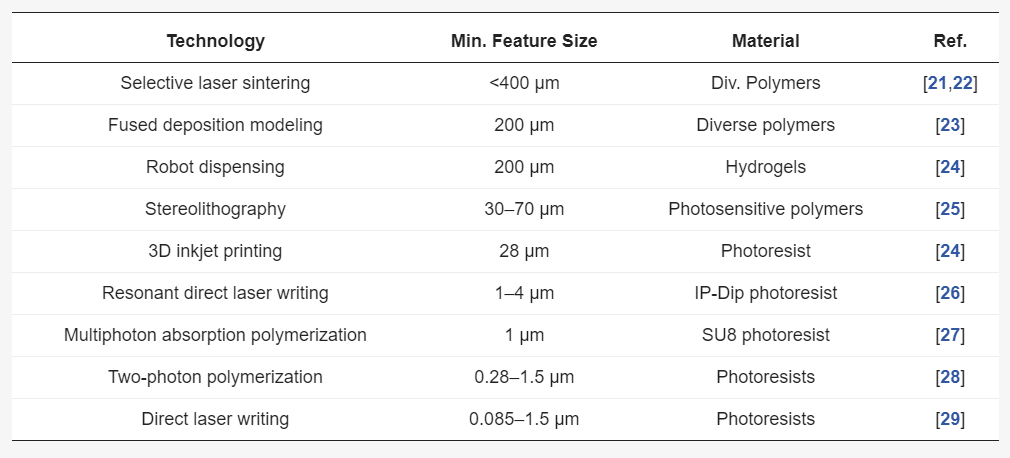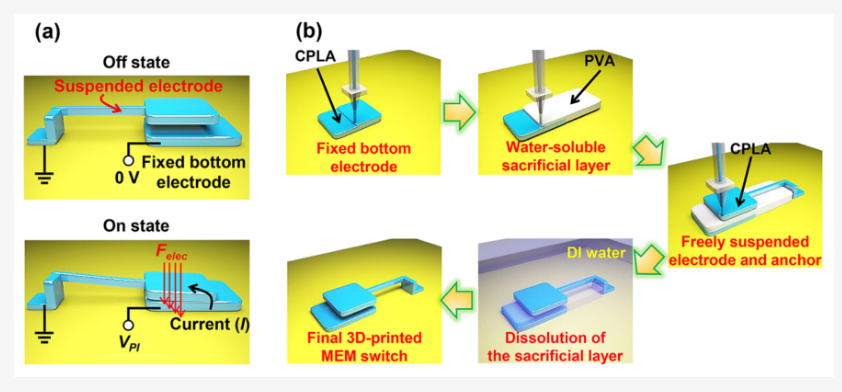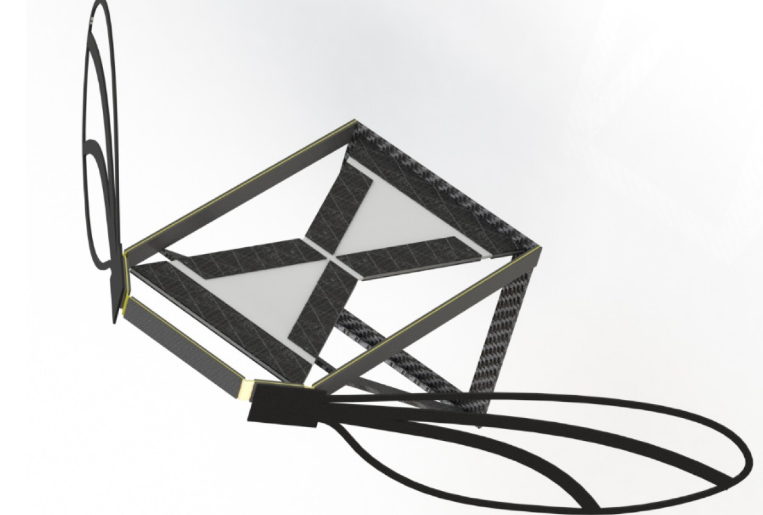Tomasz Blachowicz and Andrea Ehrmann, from the Silesian University of Technology in Poland and Bielefeld University of Applied Sciences in Germany, respectively, have released the details of their recent study in ‘3D Printed MEMS Technology – Recent Development and Applications.’
Microelectromechanical systems (MEMS) are used in contemporary electronic applications, whether in the medical field, measurements, microfluidics, or the Internet of Things. They may act as miniature sensing devices or actuators and are usually made with silicon, and more recently with polymers. Typical examples of MEMS are:
- Pressure sensors
- Gyro sensors
- Accelerometers
- Inkjet heads
The authors point out that 3D printing of MEMS often present challenges, but there are numerous recent developments which may be able to benefit from the most classic advantages of 3D printing like faster production and greater affordability. For 3D printing, common polymers are acrylonitrile butadiene styrene (ABS) or poly(lactic acid) (PLA), as well as polyamide (nylon) or polycarbonate.
“In spite of the additional degrees of freedom offered by 3D printing, on average, less than 1% of the studies dealing with 3D printing concentrate on MEMS,” state the researchers. “This is in contrast to the possible advantages of 3D printing in MEMS production, especially related to avoiding problems with an undesired underetching of 3D structures related to misalignments of the anisotropic etch pattern.
“It can be expected that 3D printing methods allow for tailoring 3D shapes in the desired way, making the structures more reliable when the process parameters are properly adjusted.”
Challenges may be present, however, such as limited range in resolution, thermal shrinkage, and more.
Blachowicz and Ehrmann look back to research from 2013 as Leary et al. experimented with developing MEMS channels for use in organs-on-a-chip, 3D printing microfluidic devices. Soon after, Lifton et al. began exploring 3D printing of microfluidics and labs-on-a-chip, comparing a wide range of techniques for fabrication of MEMS devices. Along with notes on toxicity and the careful selection of materials that are required in terms of biocompatibility, the authors also discussed techniques such as:
- Photolithography
- Two-photon and multi-photon polymerization
- Inkjet 3D printing
- Additive manufacturing processes with metal
- Combined and hybrid technologies

Combination of 3D printing and pick-and-place functionality to produce 3D MEMS devices used for acoustofluidic particle manipulation. Reproduced with permission from [54]. Copyright © The Royal Society of Chemistry 2018.

(a) Concept of 3D-printed MEMS switch, showing the pull-in phenomenon due to electrostatic forces on the suspended electrode when a voltage is applied to the fixed bottom electrode; (b) 3D printing process. Reproduced with permission from [75]. Copyright (2018) American Chemical Society.

Concept design of a micro aerial vehicle, composed of MEMS and 3D-printed parts. Reproduced with permission from [77].
“After the first ideas of 3D printing MEMS approximately 20 years ago, much progress was achieved in combining these technologies. Especially microfluidic systems, but also some MEMS sensors and actuators can nowadays be realized by diverse 3D printing technologies,” concluded the researchers.
“New additive manufacturing techniques, such as the two-photon polymerization technique, allow for preparing smallest features with dimensions below 1 µm. For more established 3D printing techniques, new ideas emerged how to reduce the minimum feature size, in this way making 3D printing more and more suitable for MEMS fabrication.”
What do you think of this news? Let us know your thoughts! Join the discussion of this and other 3D printing topics at 3DPrintBoard.com.
[Source / Images: ‘3D Printed MEMS Technology – Recent Development and Applications’]Subscribe to Our Email Newsletter
Stay up-to-date on all the latest news from the 3D printing industry and receive information and offers from third party vendors.
You May Also Like
OXMAN’s 3D Printed Zero-Waste Biodegradable O° Shoes Produce No Microplastics
Design lab OXMAN is on a mission to make products “by, for, and with Nature while advancing humanity,” moving from human-centric to nature-centric design. It recently unveiled a new technology...
Print to Wear: Steve Madden Goes 3D with Hilos
Footwear is evolving. That’s how Hilos’ CEO sees it, envisioning footwear as the next big industry set to scale through 3D printing. During this year’s TechCrunch Disrupt Startup Battlefield 200...
ELSTM Introduces 3D Printed Sneakers, $250 a Pair
ELSTM has released the Orca, a shoe made with various 3D printed materials. It features a foaming TPU midsole, a mesh upper, and an outer TPU shell. The midsole also...
A$AP Rocky Debuts New 3D Printed PUMA Shoes
Rapper and producer A$AP Rocky has collaborated with PUMA and Carbon to create a shoe. The Mostro 3D “Red” is available today at Dover Street Market, Nubian, and SNEAKERSNSTUFF, as...




































